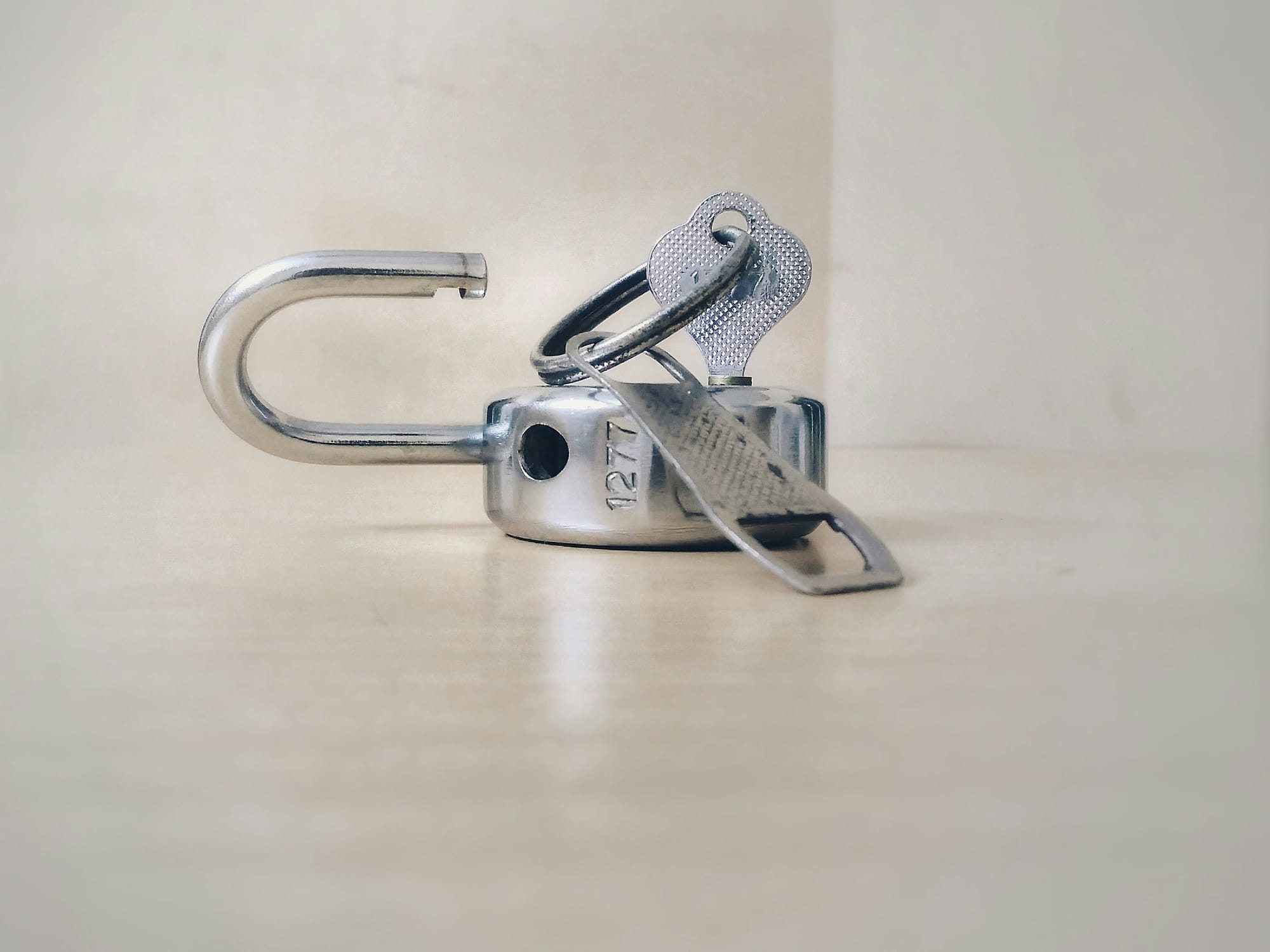How to build a website that converts
In today’s competitive digital landscape, creating a website that converts is more than just good design—it’s about understanding user behavior, optimizing for performance, and strategically guiding visitors toward actions that generate revenue. Whether you're managing an ecommerce platform or a SaaS company, building a converting site is crucial for driving business growth.
This guide will explore essential strategies to create websites that convert, answering key questions such as "what is website conversion?" and outlining steps to improve site conversion and user experience.
What is website conversion?
Website conversion occurs when a visitor on your site completes a desired action. This can range from making a purchase, filling out a lead form, signing up for a newsletter, or downloading an eBook. These actions contribute directly to your business goals, whether it's revenue generation or lead acquisition.
Web conversion rate is a key metric that measures how well your site is turning visitors into customers or leads. There is a simple formula we use to calculate it:
Conversion rate = (number of conversions / total visitors) x 100
For example, if your site gets 1,000 visitors in a month and 50 of them make a purchase, your conversion rate is 5%.
High website conversion rates are the hallmark of high converting websites - sites that are optimized to guide users seamlessly from awareness to action.
Key strategies for creating high converting websites
Now that we’ve defined web conversion, let’s focus on how you can improve your website’s performance to create a converting website.
Speed optimization - fast sites convert better
Site speed is often an overlooked factor in web conversion, but it has a direct impact on user behavior. Studies show that a 1-second delay in page load time can reduce conversions by up to 7%. Today’s users expect a seamless browsing experience, and slow-loading pages can frustrate potential customers, causing them to leave before they take any action. Fast, responsive websites are critical for website conversion because they keep users engaged, increasing the likelihood of them completing a desired action.
Tips to improve site speed:
- Optimize images - compress images without losing quality using tools like TinyPNG or using modern formats like WebP
- Leverage browser caching - store website files locally to decrease load times for returning visitors
- Minimize JavaScript and CSS - reduce unnecessary scripts and styles that may slow down page load
User-centered design - build with your audience in mind
One of the core principles of creating converting websites is having a user-centric design. Every design element should be geared toward guiding visitors along their customer journey, with clear pathways to conversion points. A well-optimized design that puts the user first is the backbone of high converting websites.
User-centric design best practices:
- Simplified navigation - keep navigation intuitive and clutter-free. A confusing or overwhelming site structure can frustrate users and reduce site conversion
- Clear and compelling CTAs - every page should have a clear and visible Call-to-Action (CTA). Whether it’s to make a purchase, fill out a form, or sign up for a newsletter, use strong action words like "Get started" or "Buy now"
- Mobile optimization - with over half of web traffic coming from mobile devices, having a responsive and mobile-optimized site is essential for websites that convert. Ensure that buttons, CTAs, and forms work flawlessly on mobile devices
Optimize for conversion with targeted landing pages
Landing pages play a critical role in web conversion. Unlike your homepage, which serves as the hub for all your content, landing pages are built with a specific purpose - usually to convert visitors by getting them to take a targeted action. By creating targeted, high-impact landing pages, you can significantly improve site conversion and drive more meaningful actions.
Best practices for landing pages:
- Focus on one clear goal - each landing page should have a singular, focused objective - whether it's lead generation, a free trial sign-up, or a product sale
- Remove distractions - minimize navigation options and external links that can distract users from completing the intended action
- Strong visual hierarchy - ensure that your CTA is the focal point of the page, using contrasting colors, larger fonts, and strategic placement to draw attention
Leverage social proof and trust signals
Trust is one of the biggest factors that influence website conversion. If a user doesn't trust your brand, they won’t take action -regardless of how great your product or service is. Incorporating social proof throughout your website strengthens trust and contributes to websites that convert.
Building trust through social proof:
- Customer reviews - display customer reviews and testimonials prominently on your website. Reviews from real users provide validation and reassurance
- Trust badges - adding trust badges (such as SSL certificates or "Verified" icons) can reassure visitors that your site is secure, encouraging them to share personal information or make a purchase
- Case studies and success stories - for B2B sites, showcasing case studies or success stories from other businesses adds credibility and helps convert leads
A/B testing for continuous improvement
Creating a converting site is an ongoing process. A/B testing allows you to experiment with different elements on your site, from CTA placements to headline text, and see what performs best in terms of site conversion. By continuously testing and tweaking, you can fine-tune your site into a high converting website.
What to A/B test:
- CTAs - test different wording, colors, and placement for your call-to-action buttons
- Landing page layouts - try different layouts to determine which leads to higher conversions
- Copywriting - experiment with different messaging styles - emotional vs. data-driven, for example - to see what resonates with your audience
Build a website that converts
Building a website that converts is a multi-faceted process that involves everything from speed optimization and user-centric design to trust-building and continuous testing. By focusing on improving performance, creating targeted experiences, and refining your site through data-driven decisions, you can transform your website into a conversion powerhouse.
Remember, site conversion is about turning visitors into customers or leads. With strategic effort, you’ll not only increase your website conversion rate but also enhance overall user satisfaction, leading to long-term success for your business.
-

Unlock the benefits of website personalization
-

E-commerce conversion best practices
-

Your ultimate Conversion Rate Optimization checklist
-

How to: complete a Conversion Rate Optimization audit
-

An easy guide to ecommerce website optimization
-

Your guide to Conversion Rate Optimization best practices
-

Landing page optimization - maximizing your conversions
-

Website performance optimization techniques to boost your online business
-

Benefits of website personalization for online businesses
-

How to improve your ecommerce checkout conversion

